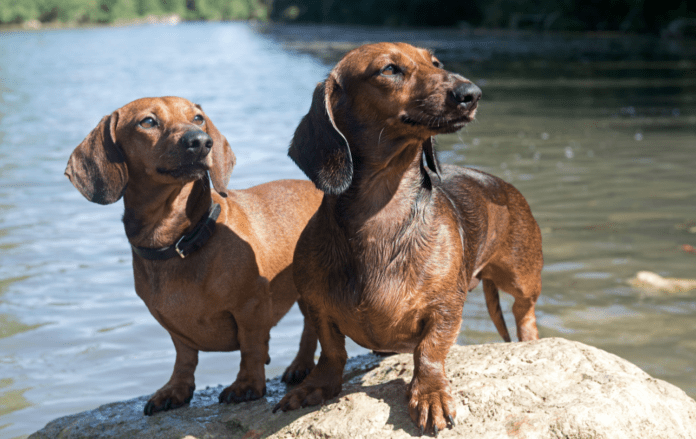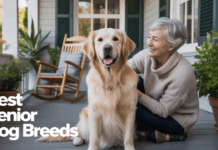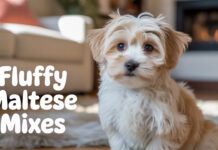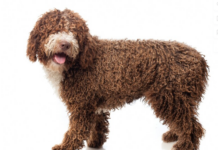Last Updated on September 14, 2023 by Dogs Vets
Why Dachshunds Are the Worst Breed: Debunking Common Myths
Dachshunds, often affectionately referred to as “wiener dogs,” have garnered a reputation as the worst breed. But is this reputation justified, or are these adorable, elongated pups misunderstood?
In this comprehensive article, we’ll delve into the world of Dachshunds, addressing common misconceptions, exploring their standard characteristics, lifespan, and even where to find Dachshund puppies for sale.
Dachshunds: More than Meets the Eye
When it comes to Dachshunds, there’s more beneath the surface than their unique appearance. These dogs have a rich history and a set of distinctive traits that make them stand out.
A Brief History of Dachshunds: Unearthing Their Roots
The history of Dachshunds is a captivating journey that takes us back to the 15th century in Germany.
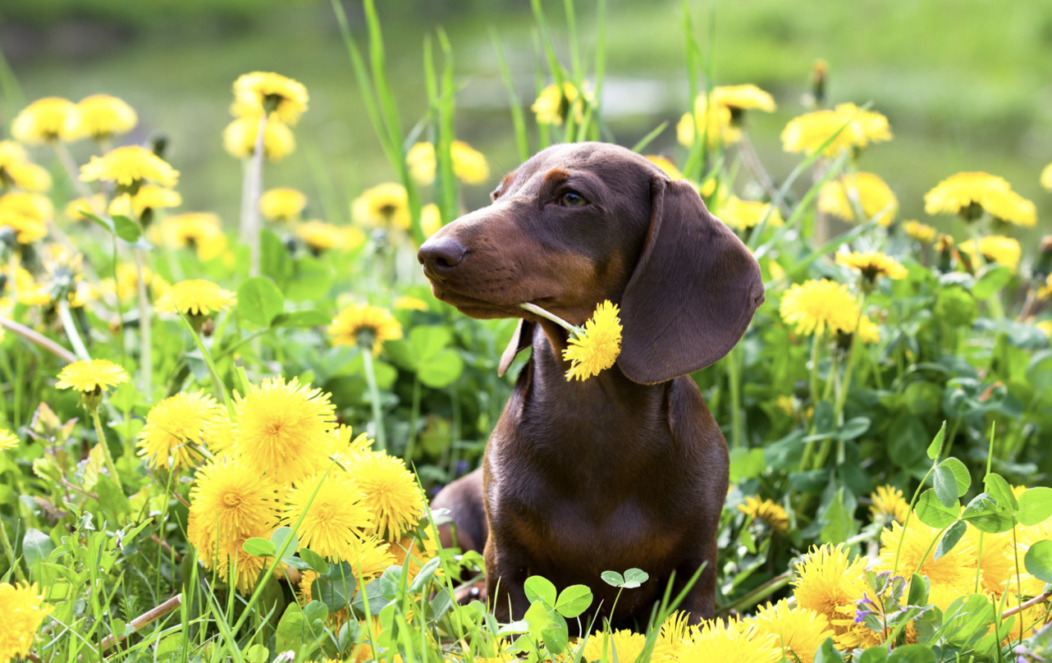
These remarkable dogs were bred with a specific purpose in mind, and their ancestry reveals fascinating insights into their unique nature and characteristics.
Origins in Germany
Dachshunds, often lovingly referred to as “sausage dogs” or “wiener dogs” due to their elongated bodies, have their origins deeply rooted in Germany. The term “Dachshund” itself translates to “badger dog” in German, a name that hints at their historical role.
The Hunting Prowess
In the 15th century, Dachshunds were selectively bred for their extraordinary ability to hunt burrowing animals.
Their elongated bodies and strong, sturdy legs made them ideal for navigating the intricate tunnels and burrows where these animals sought refuge. This hunting skill was invaluable in controlling pest populations and securing food for their human companions.
Versatile Hunting Companions
Dachshunds were not limited to badger hunting alone. Over time, they adapted to hunt a variety of small game, including foxes, rabbits, and even fierce wild boars.
Their tenacity and fearlessness in the face of formidable opponents made them cherished hunting companions.
Evolution and Recognition
As the centuries passed, Dachshunds continued to evolve, with breeders selectively refining their traits. In the mid-19th century, their unique characteristics were formalized, leading to the establishment of the breed standards we recognize today.
Their distinctive features, including their elongated body, floppy ears, and keen sense of smell, became emblematic of the breed.
Symbol of German Culture
Dachshunds quickly became a symbol of German culture and heritage. Their image was emblazoned on everything from postcards to figurines, celebrating their unique place in society as both skilled hunters and beloved companions.
Understanding the historical context of Dachshunds is essential in appreciating their nature.
Their roots as tenacious hunters and their evolution into affectionate and loyal family dogs provide a rich backdrop for understanding the characteristics and quirks that make them such beloved pets today.
This history reminds us that these little dogs carry within them the legacy of generations of skilled and determined hunters.
Standard Dachshund Characteristics
Dachshunds, often lovingly referred to as “wiener dogs” due to their elongated bodies, possess a unique set of characteristics that distinguish them from other breeds.
Understanding these traits is key to appreciating the charm and complexity of these little canines.
1. Body Structure:
- Long and Low: The most distinctive feature of Dachshunds is their elongated body, which is low to the ground. This characteristic evolved to aid them in their historical role as skilled burrow hunters. It allows them to easily enter tunnels and burrows to pursue prey.
- Compact and Sturdy: Despite their elongation, Dachshunds are compact and muscular dogs, giving them a robust and resilient physique.
2. Coat Varieties:
Dachshunds come in three primary coat types:
- Smooth: Smooth-coated Dachshunds have short, sleek fur that requires minimal grooming.
- Longhaired: Longhaired Dachshunds have soft, flowing locks that make them particularly appealing to those who appreciate a fluffier aesthetic.
- Wirehaired: Wirehaired Dachshunds boast a rough, wiry coat that gives them a more rugged appearance and added protection during hunts.
3. Ears and Tail:
- Ears: Dachshunds typically have long, floppy ears that frame their expressive faces. These ears are highly sensitive and allow them to pick up scents efficiently.
- Tail: They often have a distinctive tail that tapers to a point, echoing their elongated body.
4. Temperament:
- Curious and Alert: Dachshunds are known for their inquisitive nature. They’re always ready to investigate their surroundings and tend to be excellent watchdogs due to their alertness.
- Independent: These dogs can be quite self-reliant, which can sometimes translate into stubbornness during training. Positive reinforcement and patience are essential when training Dachshunds.
- Loyal and Loving: Despite their independent streak, Dachshunds are loyal and affectionate to their families. They often form strong bonds with their owners and enjoy being part of family activities.
5. Size:
- Miniature and Standard: Dachshunds come in two sizes: miniature and standard. Miniature Dachshunds are smaller and weigh around 11 pounds or less, while standard Dachshunds typically weigh between 16 and 32 pounds.
6. Colors and Markings:
- Diverse Palette: Dachshunds can display a wide range of coat colors and patterns, including red, black and tan, chocolate and tan, cream, dapple, and more.
Understanding these standard characteristics provides a deeper appreciation for the diversity within the Dachshund breed. Whether you’re drawn to their distinctive appearance, spirited temperament, or historical significance, Dachshunds have a lot to offer as loyal and lovable companions.
Lifespan and Health Considerations
Dachshund Lifespan
Dachshunds, like all breeds, have varying lifespans. Typically, these dogs live to be 12 to 16 years old, provided they receive proper care.
Finding Your Furry Friend
Dachshund Puppies for Sale
If you’re considering bringing a Dachshund into your life, you’ll want to know where to find these lovable pups. We’ve compiled a list of reputable sources where you can find Dachshund puppies for sale.
Conclusion
In conclusion, Dachshunds are far from the worst breed. Their unique history, endearing characteristics, and the opportunity to provide them with a loving home make them a wonderful choice for dog enthusiasts.
Frequently Asked Questions
Are Dachshunds good with children?
Dachshunds can be good with children, but proper socialization and supervision are key.
Do Dachshunds require a lot of exercise?
Yes, Dachshunds are active dogs and need regular exercise to stay healthy.
Are Dachshunds prone to certain health issues?
Yes, they can be prone to back problems due to their long spines. Regular vet check-ups are essential.
Can I train a Dachshund easily?
Dachshunds are intelligent but can be stubborn. Consistent training and positive reinforcement work best.
Are Dachshunds good apartment dogs?
Yes, they can adapt to apartment living if they get enough exercise and mental stimulation.
Are there rescue organizations for Dachshunds?
Yes, there are several rescue organizations dedicated to rehoming Dachshunds.
Do Dachshunds shed a lot?
Dachshunds with smooth coats shed less than longhaired or wirehaired varieties.
